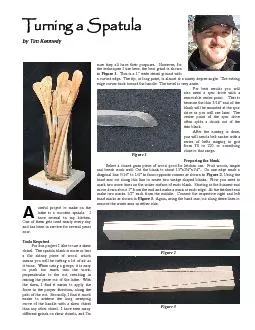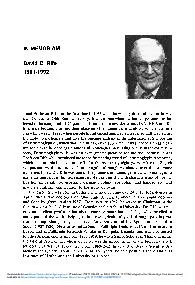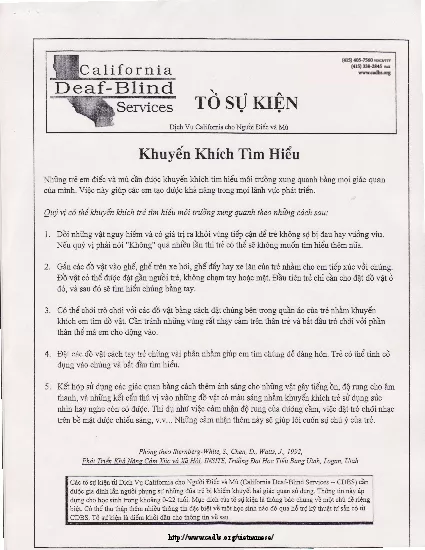PDF-Turning a Spatulaby Tim Kennedyuseful project to make on thelathe is a
Author : phoebe-click | Published Date : 2015-10-28
Figure 2 Figure 1 Figure 3 A Mounting and SetupIf your spur drive has a removable center point remove itnow so the point does not split the blank Mount the paddleend
Presentation Embed Code
Download Presentation
Download Presentation The PPT/PDF document "Turning a Spatulaby Tim Kennedyuseful pr..." is the property of its rightful owner. Permission is granted to download and print the materials on this website for personal, non-commercial use only, and to display it on your personal computer provided you do not modify the materials and that you retain all copyright notices contained in the materials. By downloading content from our website, you accept the terms of this agreement.
Turning a Spatulaby Tim Kennedyuseful project to make on thelathe is a: Transcript
Download Rules Of Document
"Turning a Spatulaby Tim Kennedyuseful project to make on thelathe is a"The content belongs to its owner. You may download and print it for personal use, without modification, and keep all copyright notices. By downloading, you agree to these terms.
Related Documents














